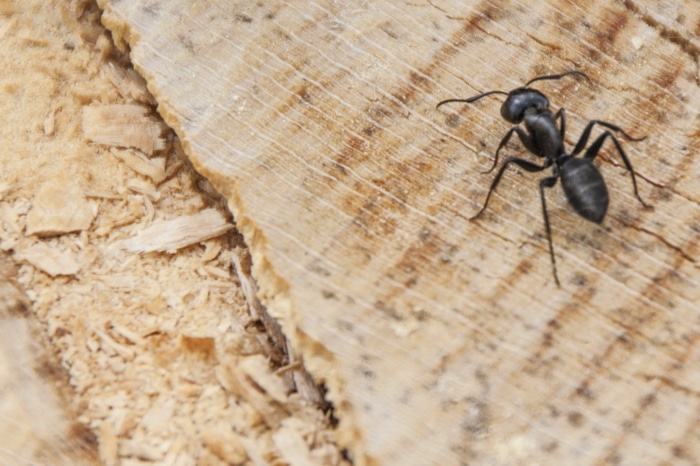There are many reasons ants can attack your property. When left unchecked, an ant infestation can escalate into a severe risk. Although some ant species are only a nuisance, others are destructive. Carpenter ants, in particular, are probably the most undesirable ant species for homeowners.
When it comes to carpenter ant elimination, finding their nests is paramount. Eliminating a line of ants is not enough to exterminate a colony. After you discover their nests, you can take steps to remove them. But if you are dealing with a large-scale infestation, contact pointepestcontrol.net pest control experts to handle it for you. These experts are familiar with carpenter ant behaviors and how to completely eliminate their colonies. To eliminate a carpenter ant colony, below are steps that must be taken:
Locate the Nests
A carpenter ant colony can only be eliminated if their nest is destroyed. Thus, you need to locate this nest first. Carpenter ants burrow into damp wood, so you can focus on wet pieces. Also, they nest in beams, hollow doors, structural wood, and walls. An infested wood tends to be thin and hollow. Tapping a nest nearby can disturb the insects and cause them to abandon their hideout. Because of this, you might find worker ants that show the presence of a colony nearby. Keep in mind that mature nests produce smaller satellite nests you need to find to eliminate an infestation.
Replace Damaged Wood
Carpenter ants are not drawn to sturdy wood. Getting rid of and replacing fragile wood can help eliminate their presence on your property. If there is a carpenter ant colony in the walls, the structure must be exposed. Then, you need to replace the damaged wood. Inspect areas where water pipes run through the walls because moisture from these pipes contributes to water damage.
Get Rid of Ant Scent Trails
Carpenter ants use pheromone trails to find food as well as travel to and from their nests. Cleaning surfaces where these insects have traveled will eliminate their trails. Use essential oils such as orange, lemon, tea tree, or cinnamon to clean and disrupt these trails. Other options include equal parts of water and white vinegar and a mix of dish soap and water (1:2).
Use Pest Control Products
The management measures used for carpenter ants are the same as for other species. Insecticide dust, ant bait, and insecticidal sprays are common ant control techniques. When you use these products, expect full colony elimination to happen after several weeks. For these products to work, toxicants need to be transmitted to the non-foraging ants, the queen, and the larvae. Ant activity may stop right after chemical treatment and return following a few weeks. Follow-up evaluations and treatments must be done to ensure an infestation has been effectively managed.
Call a Pest Control Technician
Often pest control experts treat carpenter ants. They are trained to inspect premises, find ant nests, use baiting techniques, and administer pesticides properly. Thus, they can efficiently handle a carpenter ant infestation. Also, pest control specialists can access professional-grade equipment and insecticides and know how to use them properly.

